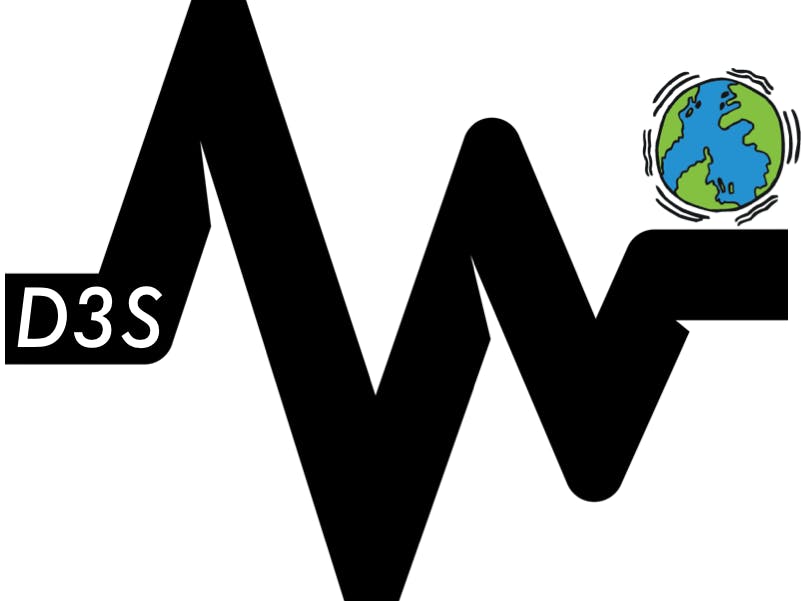This project has been developed in the context of the workshop for the lecture “IoT Applications Prototyping” taking place at the Brunel University London/Technische Akademie Esslingen. It’s goal is to create an own IoT Application, which solves a real world problem. In order to quickly develop a prototype, the provided “Smartphone Sensing Framework – SSF”and “IoT Prototyping Framework - IoTPF” are used.
Smartphone Sensing FrameworkThe Smartphone Sensing provides students an easy way to create context aware android applications in an experimental fashion. It consists of multiple modules which serve different tasks, like for instance sensor data collection.
IoT Prototyping FrameworkThe IoT Prototyping Framework is a toolset, providing a quick way to develop full-stackIoT prototypes in an experimental fashion.
ContactIdea and Application: Julian Klissenbauer-Mathae, Oliver Johann Wasser, Corvin Schapoehler, Gianluca Panetta, Tino Stadelmaier
Lecture and Frameworks: dionysios.satikidis@gmail.com
Toolshttps://github.com/MrDio/Smartphone-Sensing-Framework
https://github.com/MrDio/IoT-Prototyping-Framework
Brunel University London / Technische Akademie Esslingen 2019
This project was developed by students of Brunel University London as part of the Embedded Systems Engineering course.
DescriptionEarthquakes and disasters in general cause a lot of harm when not recognized in time. Traditional earth quake detection systems mostly cover more developed areas. In order to maximize the area that is monitored for earthquakes and other various natural disasters we have created the “Distributed Disaster Detection System” or in short “D3S”. This system runs distributed across multiple smartphones, sending a variety of sensor data to a centralized server. This data then gets analyzed and potential danger zones will be highlighted for all clients on a map and with a notification, which mainly serves the purpose of detecting earthquakes. Additionally, the client shall have the ability to manually report disasters from a pre-defined list including a description of the event. When the system detects enough similar reports, the disaster will also be shown/highlighted to other clients. This whole approach has the mayor advantage of not being dependent on multiple“centralized” earthquake detectors, but rather uses potentially thousands of smartphones that almost everybody nowadays uses and are evenly distributed across the land. Also, the cost is quite much less when compared to traditional systems, making D3S more attractive to country’s with lower incomes.
Initial ConceptThe main focus of this solution should be the recognition of certain patterns from large amounts of acceleration data, that is being collected across multiple groups of smartphones located in close region to each other. In future D3S should also serve as a sort of “reporting platform” for natural disasters of other kind.
As earthquakes cause resting objects, in this case smartphones, to move in a similar fashion, this enables us to recognize changes in their movement in a set period of time. For this idea to work, a large group of clients is needed in order to eliminate false positives. Additionally, D3S must be able to identify clients as “resting” in order to make correct assumptions on the basis of its provided acceleration data. When done correctly, this should enable us to recognize and even track the spread of automatically detected earthquakes.
D3S uses the Spring Framework for the server-side in combination with a Python algorithm. On the client-side (phones) a simple Android application is used. This application currently has the task to detect abnormalities in the acceleration data of the phone and forward said data to the server, if something has been detected. The forwarding takes place every second in the form of bulk data. If the analysis of the received data from the clients meets the criteria for a potential earthquake, the server updates its data set of known incidents and pushes them to the clients.
Following is a demo video of D3S's earthquake detection functionality. Please see the video description for more details.







Comments
Please log in or sign up to comment.